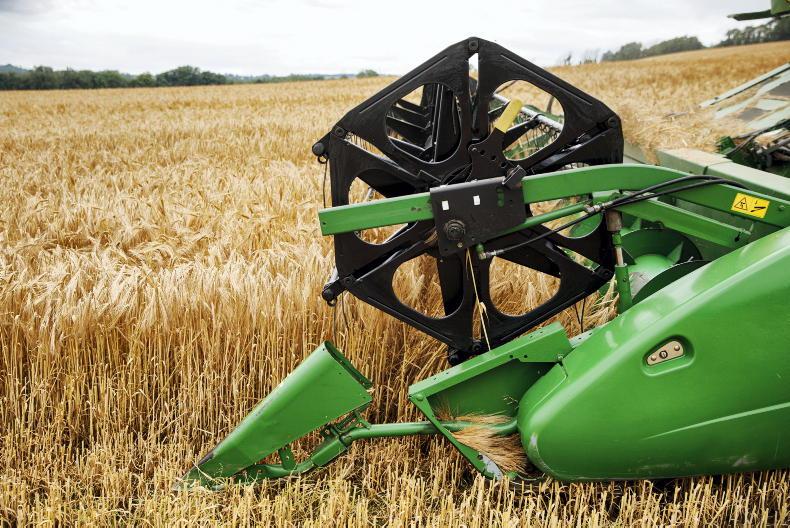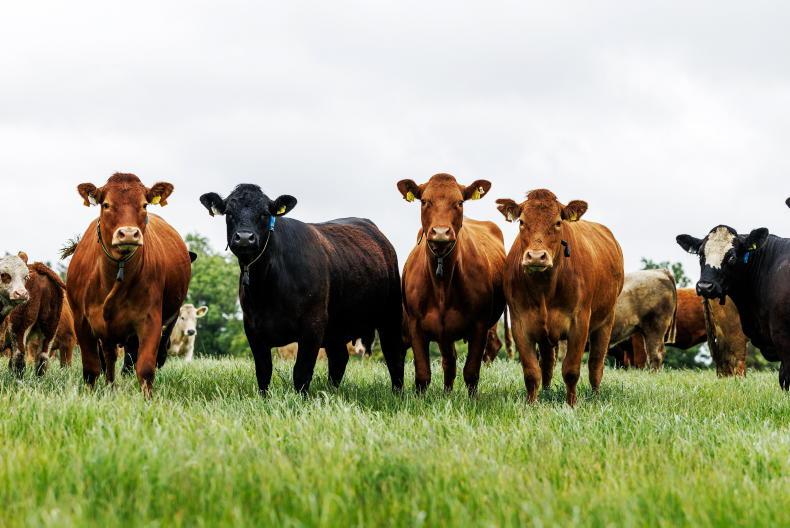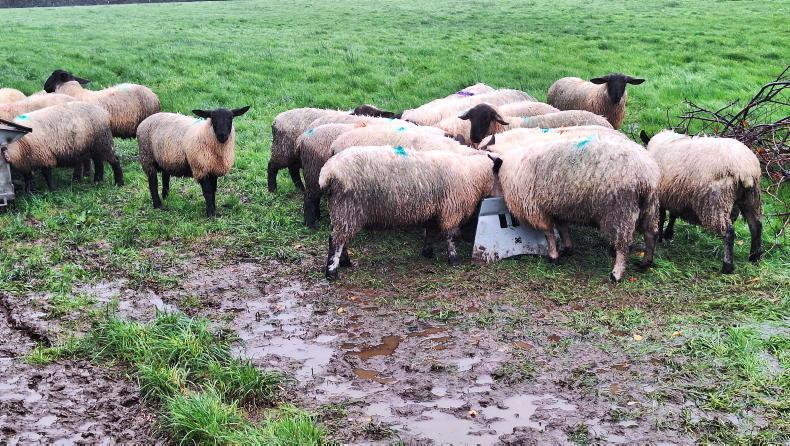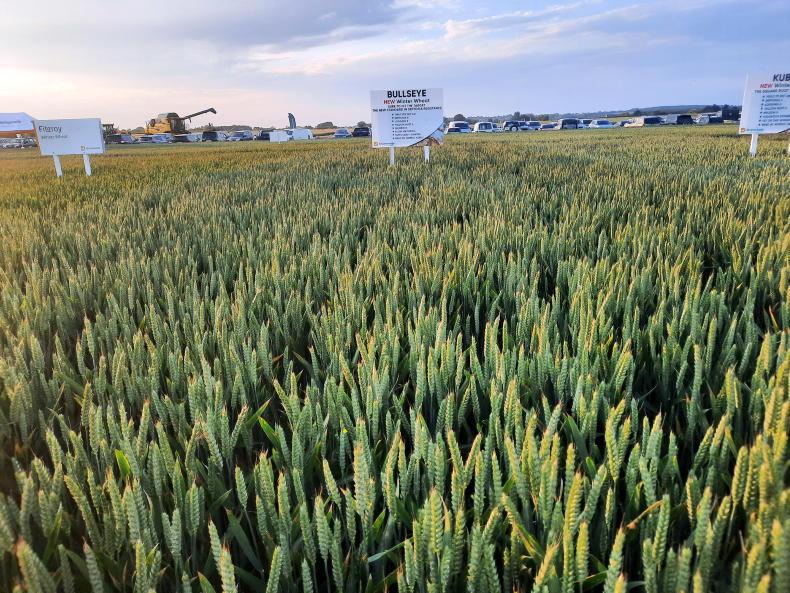Slow ripening
The pace of crop ripening has been slower than anticipated. However, combines have begun to roll in some poor or BYDV affected crops and there will be more of these later this week, weather permitting.
We might normally expect to be cutting winter barley around 8-10 July but it seems likely that good crops will run into next week at the earliest.
This is also showing in oilseed rape which is quite slow to get to the stage for desiccation. I expected to see more progress each week but it has not happened.
This emphasises the importance of checking desiccation stage rather than going on a calendar date.
Lodging
There is an amount of lodging in many crops up and down the country but this is generally only in spots and not in every field. Much of this is on nitrogen overlaps at corners and ins-and-outs etc but there are some fields where the lodging seems to be random.
This could be a consequence of organic manure or slurry application in this or previous years.
Whatever the specific reason, crops are heavy and that is a factor in itself.
Crop condition
The vast majority of crops are clean in terms of foliar disease. Some winter wheat crops have a bit more septoria than others but most are very clean, even in the high pressure regions.
This was possibly helped by the relatively dry growing season. That said, unsprayed plots have been decimated as is normal.
Ramularia has been the most serious disease in many, but not all, winter barley crops and it is now evident in spring barley also. Indeed, it has moved rapidly in some spring crops that were not adequately protected.
The other main disease in spring barley is net blotch but generally at low levels and unlikely to be yield-limiting.
The dark horse in spring barley has been brown rust. Anywhere that fungicide protection has been inadequate has been destroyed by this disease in recent weeks.
Oat crops are generally clean except for early mildew in some crops, especially spring sown.
I saw a bit of take-all in winter wheat and it is said to be a bit more prevalent in winter barley. But the question remains as to whether this is the main problem or a consequence of a different problem initially, such as BYDV?
Virus
This year will be a test of the impact of what seems to be different strains of the BYDV virus complex. Dwarfing is certainly one of the symptoms of infection along with yellow leaves in the case of barley and wheat and generally red leaves in the case of oats.
Many growers have been trying to ease back on insecticide use in the hope that nature would do the job for them. Well it seems that nature has let us down so now it is back to the researchers.
Hopefully they will have learned a lot in 2022 about the different virus strains that are out there and the aphids which transmit them.










SHARING OPTIONS